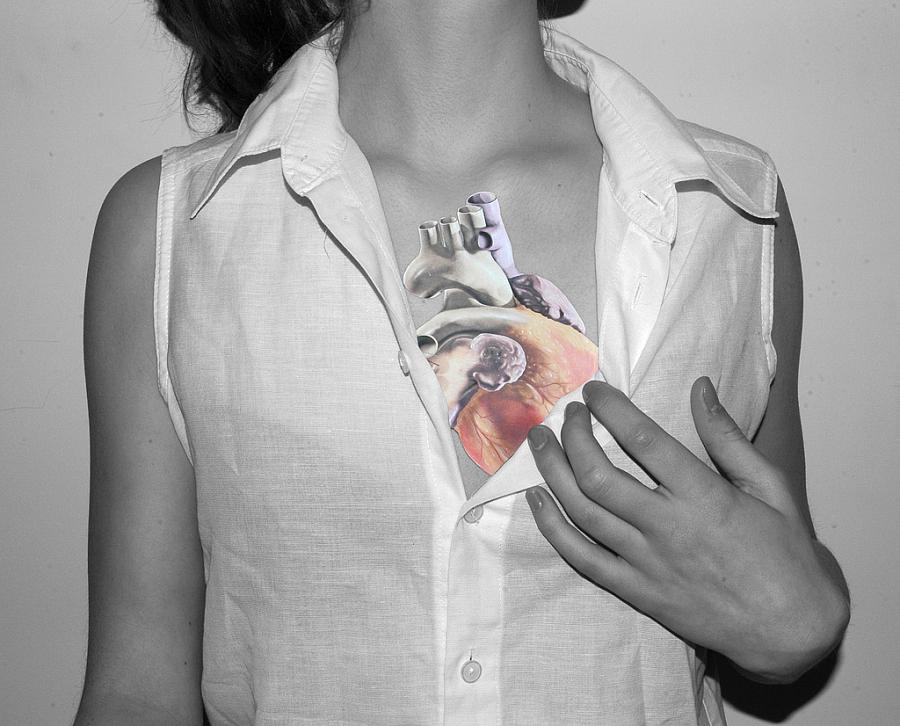Code Unknown: Mom’s gene test leads to tough, life-changing decisions

PART THREE (Read parts one and two.)
Miranda Dyer had been told so many different things over the years about her health, but there was a consistent theme: Her problems were in her head.
Doctors told her to stop worrying and get on with life. Yes, she might pass out occasionally. Yes, she might have trouble breathing occasionally, but there was no solution on the horizon and no real consequences for just proceeding as if everything were normal.
That was until Dr. Neal Kavesh told her that she very likely had a genetic disorder that could have been passed on to her kids, too.
She needed a test to confirm it, and four months later, she went to see Kavesh to discuss the results.
“When the doctor walked in, I could see the expression on his face,” Dyer said.
Kavesh got right to the point. Dyer had a condition known as Long QT Syndrome that could lead to something called Sudden Arrhythmia Death Syndrome, often referred to as SADS and thought to be akin to Sudden Infant Death Syndrome.
The news was a huge blow, but there was a solution. She could have a defibrillator put in with a relatively minor surgery. The device would send an electrical pulse to her heart whenever its rhythm got too far out of whack.
“He wanted me to have surgery immediately,” Dyer said.
Dyer said that was impossible. She and her family were about to leave Florida so her husband could take a new job in Charlotte, North Carolina. The movers were scheduled to come. Her kids would be starting at a new school. Everything was arranged.
But Kavesh was insistent. In Dyer’s recollection, Kavesh said:
If you have another event, the defibrillator will keep you alive. There is no in between.
Dyer agreed to delay her move. And then the conversation turned to her family. Kavesh asked about her mom. Might she have the same gene? And what about her father?
Dyer explained that her mother had used a sperm donor to become pregnant with her and the same donor for her brother. He said that everyone needed to be tested, including the donor. Dyer recounted the moment:
School was getting out. I couldn’t breathe. I was just thinking that this changes everything for my kids. I went and got my kids from school and had them tested that day.
While they were waiting for the test results, she started to research the disorder. She found SADS.org. She read profile after profile of kids and young adults who died from the disease.
A father with a toddler daughter. A teenage girl. A baby boy.
Dyer had the surgery at the end of February 2014, and it was successful.
But she had to wait for the puzzle pieces to come together before deciding what, if anything, to do about her children.
Next: Dyer weighs surgery for her young children against a lifetime of uncertainty.
Photo by Charlotte Astrid via Flickr.
